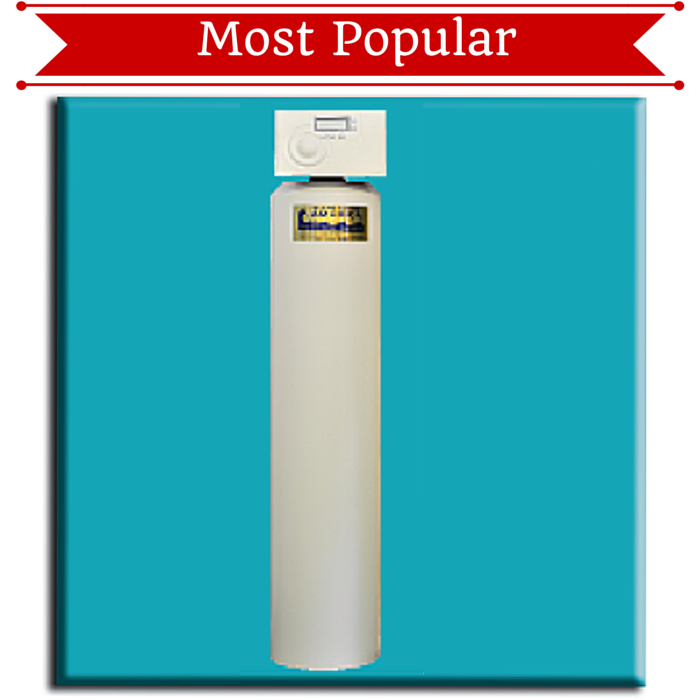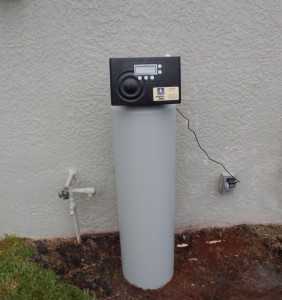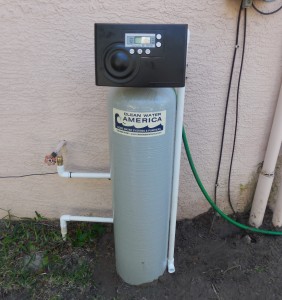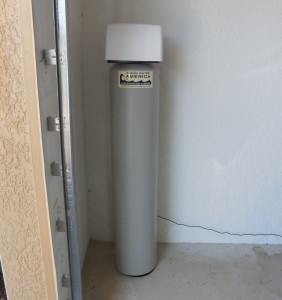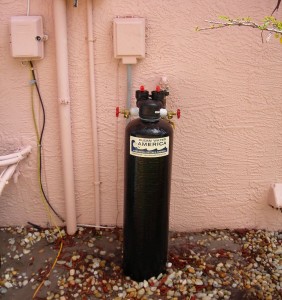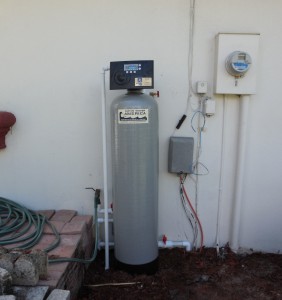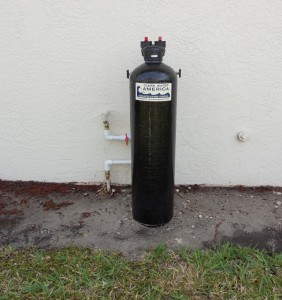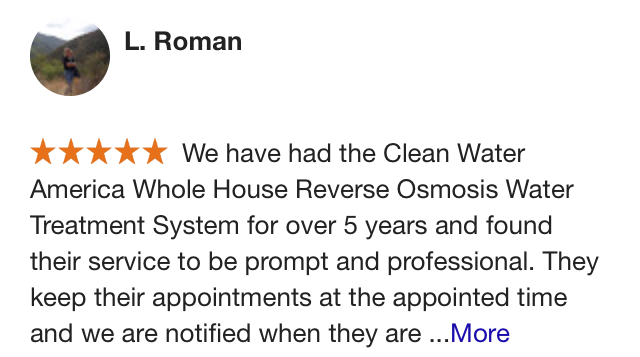4 Whole House Decontaminate Filter OPTIONS TO CHOOSE FROM
Recent City Water Decontaminate Filter Installations
By Clean Water America
What Is A Water Filter?
A water filter is a device that removes impurities from water by means of a fine physical barrier, a chemical process or a biological process. Filters cleanse water to various extents for household water (POE) and drinking water (POU) applications. The two main Municipal City water treatment applications are sediment filtration and decontaminate filtration.
A Whole House Decontaminate Filter can significantly improve the quality of household water for just pennies per gallon. It is a convenient and effective means of removing offensive tastes, odors, organic materials, and certain hazardous contaminants from drinking and bathing water throughout the whole house.
What Is A Sediment Filter?
A sediment filter is a device that separates sand and/or other solids from water. It uses various physical barriers to remove the particles. The process involves using a cartridge inside a filter housing to stop and trap unwanted sediment that may be present in the Municipal City water pipes leading to homes. Most pool filters are washable cartridge type filters, much like Whole House Sediment Removal Systems.
What Is A Carbon Decontaminate Filter?
A Decontaminate Filter uses activated carbon material, which works like a sponge, attracting and holding contaminants as water passes through it. This process is called "adsorption". Carbon is very porous and has an unusually high surface area for contaminant removal. A teaspoon of activated carbon has the total surface area equal to a football field! Contact time with carbon material causes contaminants to be adsorbed from the water supply. Other contaminants may be filtered out, like a strainer, and trapped. Once a specific water problem is identified, the type of Decontaminate Filter system that is needed can be selected.
There are two predominant types of Decontaminate carbon filters used in the residential water treatment industry: granular activated tank filters, for whole house point of entry (POE) and small cartridge filters for kitchen drinking water use (POU). There are exceptions to this rule, i.e., whole house filter cartridges, as explained later in this chapter.
What Does Carbon Remove?
Besides improving taste, odor and color, activated carbon effectively removes a wide range of impurities from household water. Carbon filters are most effective at removing chlorine, sediment, and volatile organic compounds (VOCs) from water. They are not effective at removing minerals, salts and dissolved inorganic compounds. The three main principles of activated carbon filtration are the size of a granule, the compact nature of the carbon block and the amount of contact time inside the filter. Typical particle sizes that can be removed by carbon filtration range from 0.1 to 50 microns. This is called "mesh size". It is used as part of the filter description and is an important factor in removing the following impurities.

What Are The Different Types Of Whole House Decontaminate Filters?
There are two different types of Whole House Decontaminate Filters: Cartridge Filters and Tank Filters. All cartridge filters need to be replaced and all tank filters need to be re-bedded on a periodic basis when the carbon mineral is exhausted.
Cartridge Filters

The Cartridge Filter has a large 20” filter housing, which allows for a very large cartridge to be installed. These cartridges can handle high flow rates and are able to remove a broad range of chemicals. The cartridges should be replaced every 6 months and can be easily changed by the homeowner or by Clean Water America’s Service Department. They can also be shipped to any location. This type of filter is used predominantly on Municipal City water for mobile homes, RVs, apartments and small homes.
Tank Filters
The Tank Filter, which stands between 3 and 6 feet tall, is used on most standard and larger sized homes and is filled with a specific mineral designed to correct certain water problems. There are two different valves available for tank filters. They are the Tank Filter with Automatic Backwash Valve and the Tank Filter with Non Backwash Standard Head Valve.

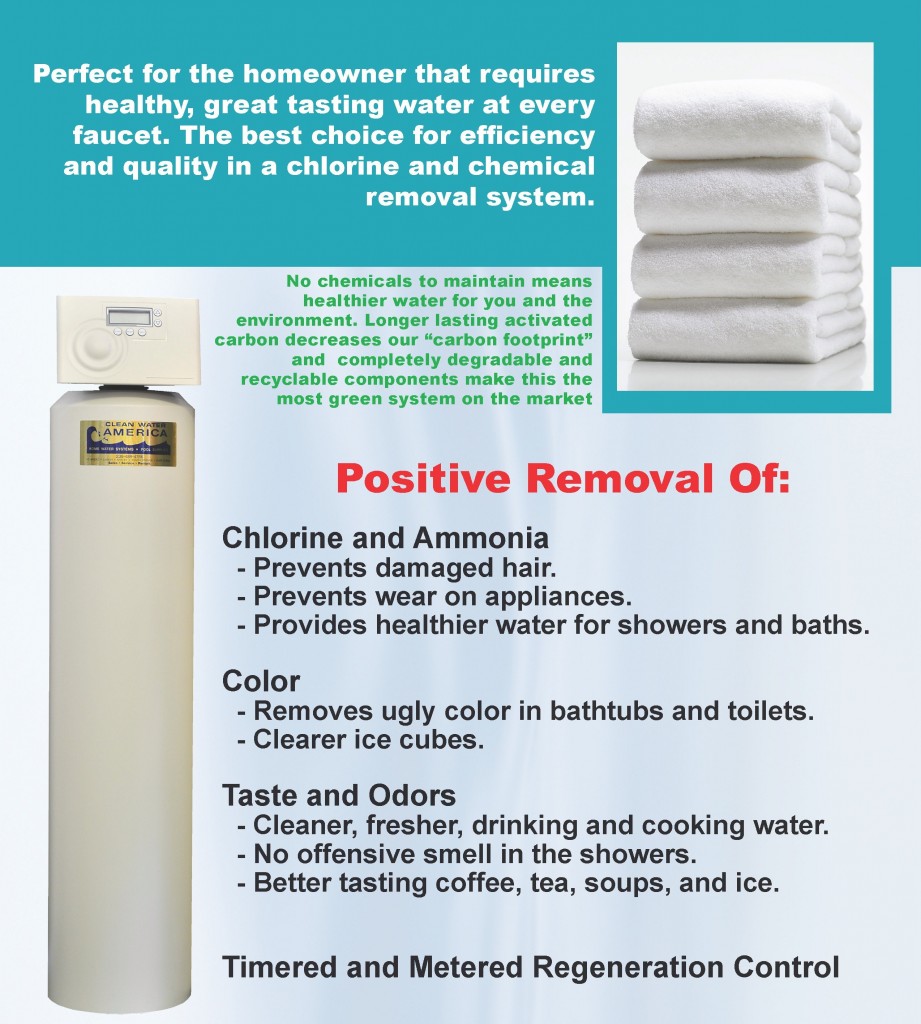

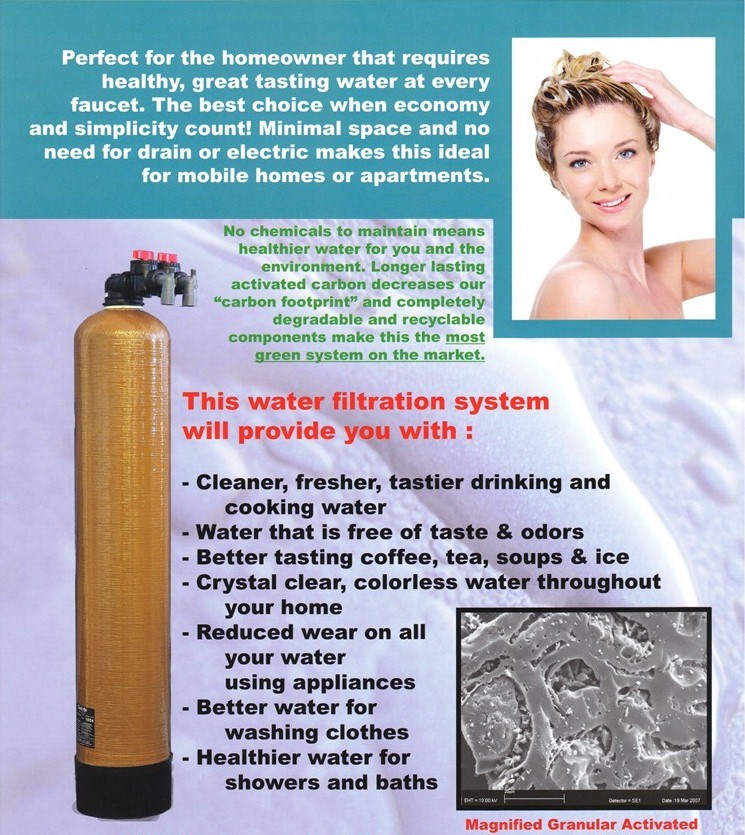
What Type Of Carbon Mineral Is Needed For A Whole House Decontaminate Filter And What Does It Remove?
The most common types of carbon mineral are T&O Carbon, Silver Impregnated Activated Carbon, and Catalytic Activated Carbon. These different carbon minerals are used to treat different water sources, provide a specific service and/or filter out specific contaminants.
- T&O Carbon (taste and odor) used to treat both city and well water is needed to improve taste and remove odors and chemicals etc. It is coarser and can adsorb larger molecules like chlorine and their byproducts of THMs, along with manmade pollutants such as benzene, PCB’s etc. This mineral needs to be re-bedded at a set length of time depending on its exhaustion from pollutants.
- Silver Impregnated Activated Carbon is perfect for part time residents on Municipal City water supplies. Silver has bacteriostatic properties that impede the growth of bacteria in the mineral bed when the system is left unused for long periods of time. The Silver Impregnated Activated Carbon mineral has all the same properties and a similar re-bed schedule as T&O Carbon.
- Catalytic Activated Carbon is the best choice to change harmful chloramines into harmless chloride. These chloramines are formed when chlorine and ammonia are combined and used by Municipal City Water Treatment Plants to treat the public's drinking water. Catalytic Activated Carbon is also used to remove sulfur from well water.
Where Is A Whole House Decontaminate Filter Installed?
Clean Water America’s water systems are safely installed outdoors because they are manufactured in Florida, for Florida weather conditions. A Whole House Decontaminate Filter system is installed after the water meter, on the main water pipe coming into the house, or in the garage at the homeowner's request, if it is feasible.
How Do I Maintain A Whole House Decontaminate Filter?
A Decontaminate Filter's carbon loses its effectiveness as it becomes saturated with contaminants; consequently the carbon needs to be replaced on a regular basis. Before purchasing any unit, determine the approximate period of time the carbon should last, and how much it should cost to replace it. Clean Water America takes pride in educating the consumer on all aspects of proper and safe maintenance of its equipment. If a filter is used longer than its rated lifetime, it may cause harmful contaminants to be flushed back into the drinking water. For this reason, it is imperative that Decontaminate Filter Systems be maintained properly. Samples of water can be brought to Clean Water America’s water stores for testing to establish the carbon's effectiveness.
Water samples taken before the installed system and after the installed system, when tested and compared, will determine if the carbon is still providing the necessary adsorption. When the system's carbon is exhausted, it is disposed of and the proper amount of carbon mineral is added back to the tank.


